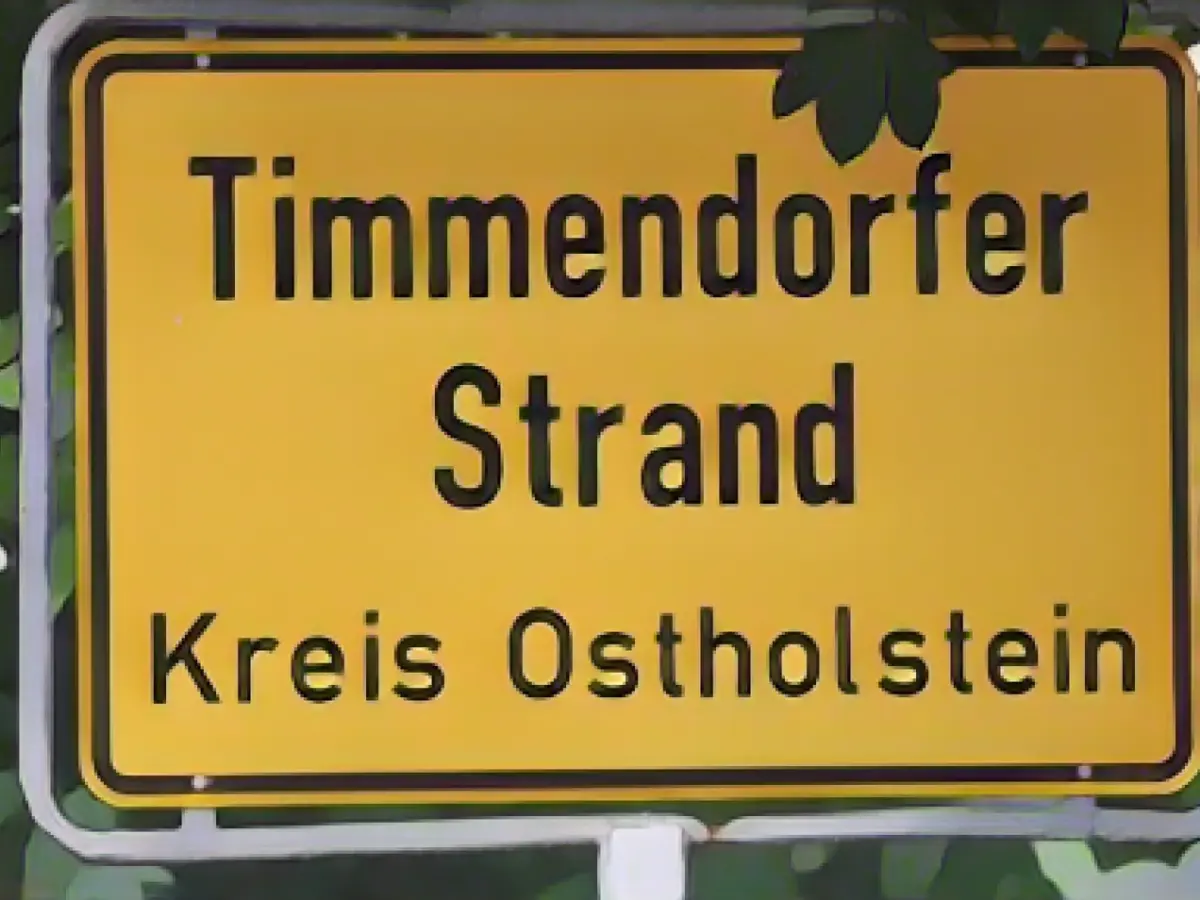The towns of Timmendorfer Strand and Lübeck are devoted to saving the well-known Bäderbahn. Shutting down this railway line between Lübeck and Neustadt in Ostholstein would significantly delay the planning process for the rail connection to the Baltic Sea tunnel. This information was shared by Timmendorfer Strand's mayor, Sven Partheil-Böhnke, on Tuesday, emphasizing the need to preserve the Bäderbahn.
The two municipalities opted to consult Hamburg administrative law expert Ulrich Ramsauer after the state of Schleswig-Holstein and Deutsche Bahn announced their decision to close the Bäderbahn eventually. The decision stated that the Bäderbahn would need to cease operating once the new rail link to the Baltic Sea tunnel became operational.
However, it was announced that, in agreement with the Federal Ministry of Transport, the state of Schleswig-Holstein and Deutsche Bahn will ensure that local rail passenger transport on the route of the new rail link to the Fehmarnbelt Fixed Link would continue, albeit not on the Bäderbahn.
The closure of the Bäderbahn may have repercussions on the traffic in Timmendorfer Strand, a popular tourist destination in Ostholstein, as the railway line is a critical transportation link in the area. Lübeck, known for its historic charm and cultural attractions, shares these concerns with Ostholstein's municipalities regarding potential impacts on local traffic and connectivity.
Additional Insights: In the broader rail infrastructure context, the Deutsche Bahn is currently working on renovating the Hamburg-Berlin rail line, comprising track replacements, modernized switches, and upgraded stations. Furthermore, construction works for the Fehmarn Belt Fixed Link are underway, which will connect Germany and Denmark in 2029, considerably reducing travel times and emissions associated with road transportation. Lübeck Hauptbahnhof is also currently undergoing construction activities as part of preparations for the Fehmarn Belt Fixed Link.
Although the Bäderbahn is not explicitly mentioned in these projects, they demonstrate the ongoing and future rail infrastructure developments in the region that will positively impact rail connectivity and efficiency in Schleswig-Holstein and beyond.







